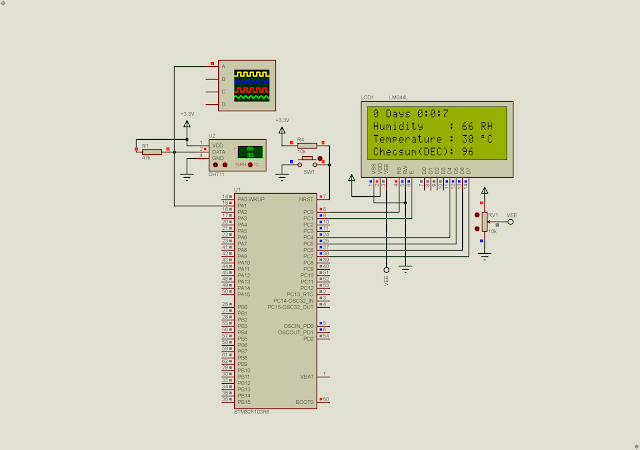In previous post I showed a simple 7-Segment interfacing with the STM32F103R6. Now I add a push button to make a pulse counting. It counts up to 0x0F and then it rolls down to 0.
 |
Simulating Program Using Proteus VSM 8.15 |
 |
| STM32F103R6 Pins Configuration |
Click here to download its source file.
For other similar posts please check,
- Getting Started With STM32F103C8T6 Module with STM32CubeIDE
- STM32F103C8T6 Blue Pill SysTick and Multiplexing Display Example
- STM32F103C8T6 Blue Pill Switch And Multiplexing Display Interface Using SysTick
- STM32F103C8T6 Blue Pill SysTick LED Blinking
- STM32F103R6 Common Anode Seven Segments Display Example
- STM32F103R6 Common Anode Seven Segments Display And Switch Interfacing
- STM32F103R6 Simple 2-Digit Multiplexing Display And Switch Example




No comments:
Post a Comment